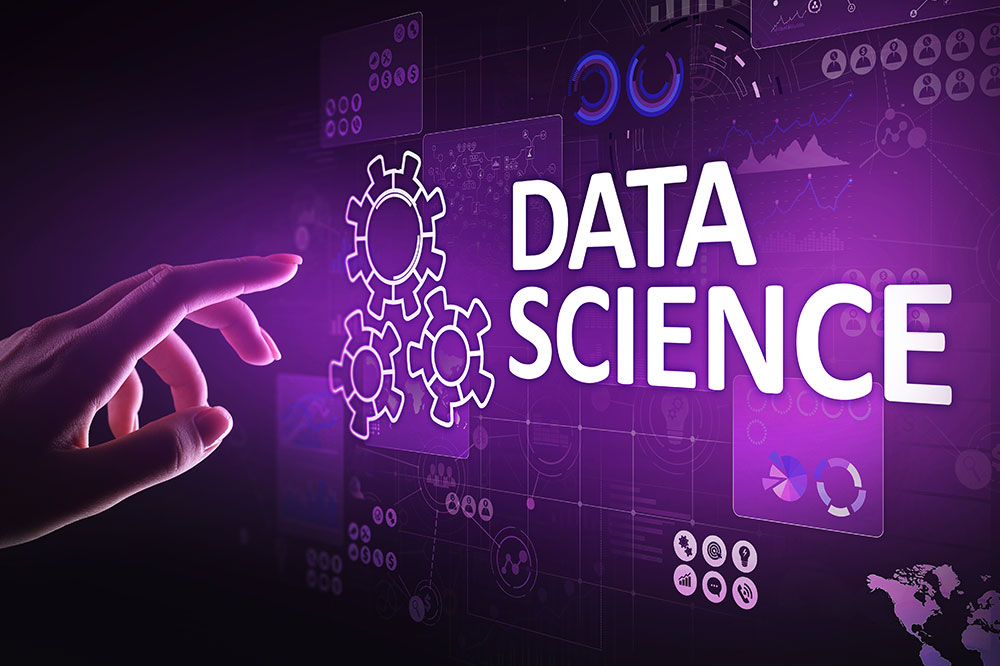Comprehensive Guide to Business Intelligence: Differentiating It from Business Analytics
This comprehensive guide explores the concept of Business Intelligence, highlighting its evolution and key functions. It clarifies the differences between BI and business analytics, emphasizing how both tools aid organizations in making informed decisions. By understanding their unique roles, businesses can better leverage data for strategic growth, operational efficiency, and competitive advantage in the digital age.

Comprehensive Guide to Business Intelligence: Differentiating It from Business Analytics
In the modern corporate landscape, data has become one of the most valuable assets. Every day, organizations from small startups to large multinational corporations generate enormous volumes of data through various operations, transactions, customer interactions, and digital activities. To harness this wealth of information effectively, businesses need sophisticated tools that can transform raw data into strategic insights. This necessity has given rise to the field of Business Intelligence (BI), a critical component in the realm of data-driven decision-making.
Business Intelligence, along with business analytics and data analysis, plays a pivotal role in helping organizations understand what has happened in the past, what is currently happening, and what might happen in the future. These tools and methodologies enable companies to gain clarity and insights from complex data sets, leading to improved decision-making, operational efficiency, and competitive advantage. As businesses become more reliant on data, understanding the nuances between BI and business analytics becomes increasingly important for executives, analysts, and IT professionals alike.
Over the years, the scope of Business Intelligence has expanded significantly. Initially, BI was primarily concerned with aggregating and reporting historical data. Today, it encompasses a comprehensive suite of processes designed to streamline decision-making, optimize performance, and foster innovation within organizations. These processes include various analytical techniques, data management strategies, and visualization tools that together translate complex data into accessible, actionable insights.
The essential functions of BI include:
Data mining
Leveraging sophisticated algorithms, statistical models, and machine learning techniques, data mining uncovers hidden patterns and trends across vast datasets.
Reporting
Generating comprehensive reports that consolidate data insights, enabling stakeholders at all levels to make informed decisions.
Performance metrics and benchmarking
Comparing current performance data against historical benchmarks to monitor progress, identify gaps, and set realistic targets.
Descriptive analysis
Analyzing what has happened based on historical data, providing a clear picture of past events and outcomes.
Statistical analysis
Applying statistical methods to understand the underlying causes of observed trends and patterns.
Data visualization
Utilizing graphical representations such as dashboards, charts, and graphs to make complex data more understandable and accessible.
Data preparation
Combining and cleansing data from multiple sources to ensure accuracy and consistency for analysis.
Distinguishing Business Intelligence from Business Analytics
One common question among business professionals is how BI differs from business analytics. While the two are closely related, there are specific distinctions that help clarify their roles within an organization.
Both BI and business analytics aim to improve decision-making, but their approaches and emphases differ. Business intelligence primarily focuses on understanding and analyzing past and current data to provide immediate insights. It involves collecting, processing, and visualizing data to help organizations monitor their operations and respond swiftly to issues as they arise.
Conversely, business analytics takes a more predictive and prescriptive approach. It emphasizes using advanced statistical models, predictive algorithms, and data mining techniques to forecast future trends, identify potential risks, and optimize processes for better efficiency and growth.
To put it simply,:
Business Intelligence centers on analyzing historical and current data to understand what happened and how it impacted the present. It helps organizations manage ongoing operations effectively, identify immediate issues, and seize current opportunities. BI tools generate dashboards, reports, and visualizations that support real-time decision-making and strategic planning.
Business Analytics involves digging deeper into data to answer why certain trends occurred and how to influence future outcomes. It supports forecasting, scenario analysis, and predictive modeling that inform longer-term strategies and innovations.
In conclusion, while both BI and business analytics are integral to successful data management, understanding their differences enables organizations to deploy the right tools and strategies aligned with their specific goals. Embracing both functions fosters a data-driven culture that can adapt to rapid market changes, improve operational efficiency, and sustain competitive advantage in today's fast-paced digital economy.





